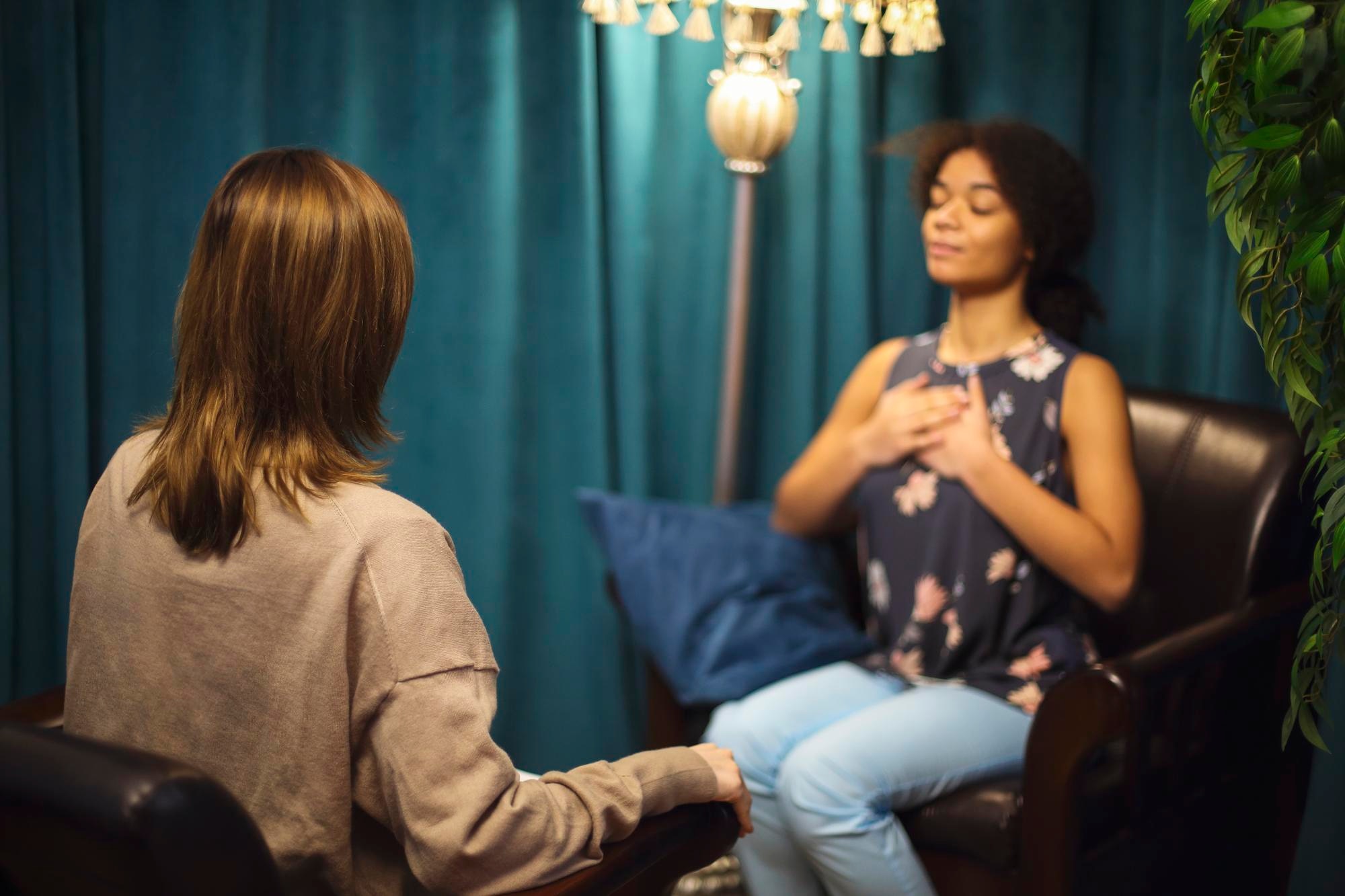
Breaking Free: Understanding Compulsive Behaviors as Survival Strategies
Forget everything you think you know about compulsive behaviors. They’re not failures, but survival strategies etched deeply into your emotional survival system. Ever wonder why you can’t just “willpower” them away? It’s because they’re not about weakness—they’re about protecting you from pain. In this blog, we’ll unravel these patterns and introduce VK Circle’s path to emotional liberation, helping you reclaim your self-worth and find freedom from addiction. Ready to embrace your journey to healing? Let’s dive in. Learn more about breaking free.
Compulsive Behaviors as Survival

Compulsive behaviors often serve as mechanisms that help us cope with deep-seated emotional issues. Rather than viewing these behaviors as failures, it is crucial to understand them as strategies for survival.
Emotional Survival Mechanisms
Compulsive behaviors are deeply rooted in our emotional survival system. When we encounter distressing emotions, these behaviors can emerge as a response to keep us safe. This isn’t a conscious decision but a deeply ingrained emotional reflex.
Compulsive actions often develop from a need to avoid emotional pain.
These behaviors can act as a buffer or shield against overwhelming feelings.
Understanding this can help us replace judgment with compassion.
According to Positive Psychology, maladaptive coping strategies like compulsive behaviors are more about managing internal turmoil than external realities. Recognizing this can shift our perspective from blame to understanding.
In Breaking the Loop, the authors emphasize the importance of acknowledging these mechanisms as a first step toward healing. This awareness allows individuals to pursue healthier coping strategies.
Protecting from Pain
Compulsive behaviors protect us from pain by creating a temporary sense of control or relief. This might seem beneficial in the short term but often leads to a cycle of dependency.
These actions can numb emotional distress, providing a false sense of security.
The temporary relief they offer can reinforce their repetition as a coping mechanism.
Breaking this cycle requires understanding the emotional pain at the root.
Consider a real-world example: A person might turn to compulsive shopping to distract themselves from feelings of inadequacy. Initially, the rush of a new purchase provides relief, but over time, it compounds feelings of guilt and stress.
Key Insight: Temporary solutions often lead to long-term challenges.
Recommendation: Identify triggers and seek alternative coping methods.
Books like 33 Life-Changing Books can offer insights into understanding these behaviors, providing a foundation for healthier emotional responses.
Path to Emotional Liberation

The path to emotional liberation involves addressing the root causes of compulsive behaviors and reclaiming your self-worth. This transformative journey fosters a deeper understanding of oneself.
Root-Cause Healing Insights
Root-cause healing focuses on addressing the underlying emotional issues driving behaviors. This approach moves beyond temporary fixes and seeks long-term solutions.
Identify the emotional pain or trauma at the root.
Explore how this pain manifests in daily life.
Develop strategies to address and heal these wounds.
VK Circle emphasizes this method, integrating the Heal Your Life philosophy to guide individuals towards emotional freedom. This process is about transforming pain into empowerment.
Books for Breaking Bad Habits can serve as valuable resources in this journey, offering practical advice and insights to facilitate healing.
Reclaiming Self-Worth
Reclaiming your self-worth is essential for achieving emotional liberation. It involves redefining your relationship with yourself and recognizing your inherent value.
Recognize your strengths: Focus on your achievements and qualities.
Practice self-compassion: Treat yourself with the kindness you deserve.
Set healthy boundaries: Protect your emotional well-being.
Case Study: A client who struggled with compulsive eating learned to shift focus from self-criticism to self-compassion. Through supportive coaching, they began to see food as nourishment rather than an emotional crutch.
Takeaway: Self-worth is foundational to breaking free from compulsive behaviors.
Actionable Advice: Engage in activities that build self-esteem and foster personal growth.
VK Circle’s Healing Approach

VK Circle offers a unique approach to healing, focusing on non-clinical coaching that empowers individuals to break free from addiction through structured programs.
Non-Clinical Coaching Benefits
Non-clinical coaching provides a supportive environment without the stigma of clinical labels. This approach encourages personal growth and healing.
Benefits:
Tailored support without judgment.
Focus on personal strengths and potential.
Collaborative and empowering relationships.
VK Circle’s approach aligns with the Heal Your Life philosophy, emphasizing personal agency and self-discovery. This method fosters a more profound sense of purpose and direction.
Quote:
“Healing is not about changing who you are, but becoming who you are meant to be.”
This perspective encourages individuals to explore their potential without the constraints of labels.
Freedom from Addiction Program 🎉
The Freedom from Addiction Program at VK Circle combines structured support with personalized coaching to help individuals reclaim their lives.
Program Highlights:
90-Day Emotional Freedom journey.
Focus on root-cause healing and self-worth.
Emphasis on emotional liberation and self-discovery.
Clients experience real change in a judgment-free space, moving towards lasting freedom from compulsive behaviors.
Success Story: A participant in the program overcame a hidden addiction by focusing on emotional survival techniques and root-cause healing.
Key Takeaway: Emotional liberation is achievable with the right support and strategies.
This program is part of VK Circle’s commitment to empowering individuals to live authentically and fully. 🌟



